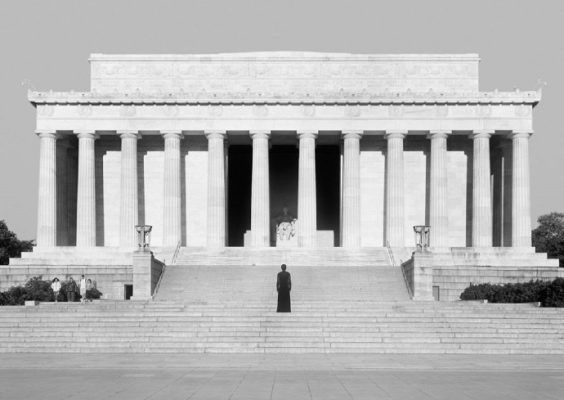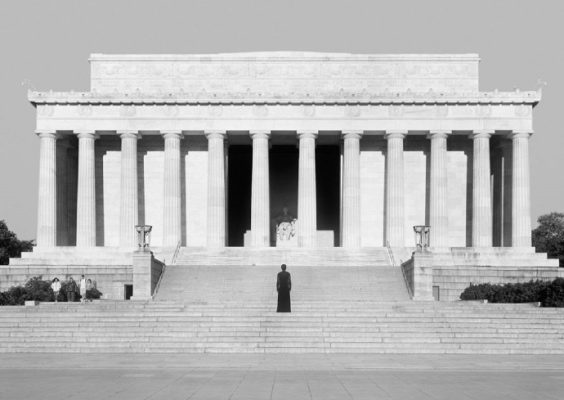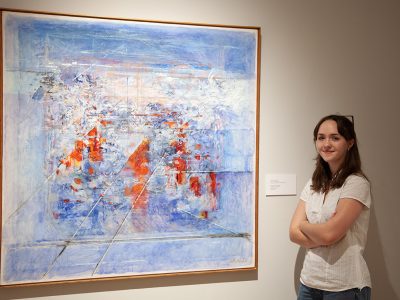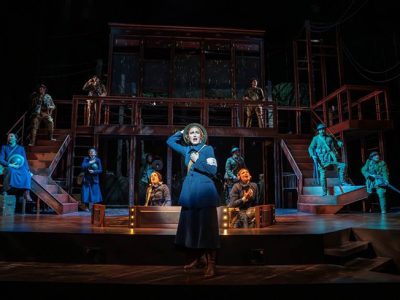University to Hold Public Symposium Exploring Role of Monuments in Society
Scholars, artists, curators, activists, local historians and members of the public will convene at Syracuse University Oct. 6-7 to discuss the rightful place of monuments in our society and the increasing complexity they represent today in terms of their cultural, historical and social meanings and significance.
The dialogue will occur at an all-day symposium, “Monumental Concerns.” It is being presented by University artist in residence Carrie Mae Weems H’17 and the University’s Office of Strategic Initiatives in conjunction with the Syracuse University Art Museum.

The symposium will take place on Saturday, Oct. 7, beginning at 8:30 a.m. in Watson Theater, located in the Robert B. Menschel Media Center, 316 Waverly Ave., Syracuse. The symposium is free and open to the public; guests are asked to register online. Communication Access Real-Time Translation (CART) will be available both days.
An opening presentation featuring Hank Willis Thomas and Eric Gottesman from the For Freedoms Collective will be held Friday, Oct. 6, at 4 p.m. in the Shaffer Art Building’s Shemin Auditorium. A reception will follow in the Syracuse University Art Museum, also located in Shaffer Art Building.
The discussion will focus on:
- the role of monuments in contemporary society and their contested histories;
- the pros and cons of monument adjustment, removal or displacement;
- why racial conflicts erupt over the meanings and representations of monuments and how they can be addressed; and
- how the emotional and nationalistic role that monuments often play can be acknowledged, even while advocacy occurs for more inclusive historical framing.
Among the participants will be Weems; Willis Thomas; Gottesman; Paul M. Farber, director of Monument Lab in Philadelphia; Idris Brewster, executive director of Kinfolk and an artist using artificial intelligence to create interventions in public spaces; Syracuse Mayor Ben Walsh; and Julie Ehrlich, director of presidential initiatives and chief of staff with the Mellon Foundation.
“The October convening brings together some of the leading thinkers and practitioners around monuments in the United States. In delving into the many histories that these public artworks commemorate, we will be addressing important and timely issues,” says Melissa Yuen, interim chief curator at the Syracuse University Art Museum. “It is our hope that the event will be the first step in helping us to build community and create a sense of belonging across the University in ways that will allow us to have productive conversations about these difficult topics.”
Below, Weems addresses why it is important to have this discussion, and how it can help move us forward.



